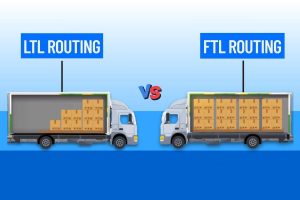According to Bloomberg, of every 10 small businesses, 8 fail within the first 18 months of opening their doors. A major problem that these small businesses usually face involves the lack of funds for their continued operations.
While most business owners focus on boosting sales, reducing costs is equally crucial when trying to maintain or to achieve profitability. Cutting costs down isn’t easy; it needs creativity as well as trying out new things you may have never considered.
Below are tips that you can use to cut down your small business expenses.
Reduce labor expenses
Employ freelancers and contract workers for non-core tasks rather than permanent staff. They are cheaper to keep and easier to hire since you aren’t expected to offer them paid time-off or family leave, pre-tax retirement accounts, health insurance, and other expensive benefits. You only need to pay them for completed tasks.
Before taking action, however, ensure that the job performed won’t affect your product’s quality, your ability to oversee the complete operation, or the ability to deliver products.
Less printing
Printing is a costly operation. Printing needs a lot of equipment and resources; ink cartridges aren’t cheap, and so if you print regularly, you might have to replace your printer ink cartridges severally, which will cost the business a fortune. Don’t also forget the maintenance costs on those things!
Paper is not free either, and paper storage spaces will also cost you money. In short, the entire operation is expensive for no reason.
Consider using hard disks to store the data rather than paper. You can also back up your data on a computer instead of having it on paper, which might get lost somewhere.
Start marketing your small business online
Rather than spending hundreds on billboards or TV ads, you can use search engines to spread the word about your business or drive traffic to your site.
Blogs, Twitter, and Facebook can find you plenty of clients. These methods are way affordable compared to print media. You only need to study your market to determine the best method for the targeted demographic, traditional media, or social media
Encourage telecommuting
Telecommuting is a popular trend changing the modern workplace. Business owners experience benefits when they implement working from home policies known as cost-saving. Like employers, employees also appreciate the flexibility that comes with this policy and are less stressed and more productive.
Telecommuting also impacts small businesses’ and staff’s bottom lines by:
- Reducing commuting and travel expenses for employees
- Utility bill management through lower water usage and electricity
- Lowering time lost to travel and commute
- Reducing the space needed to house staff in a central location
Use a smart or programmable thermostat
Air conditioning and heating aren’t negotiable costs. Small changes in your business’s ambient temperature can impact your staff productivity and client’s comfort.
However, that doesn’t mean you cannot do everything in your power to save money on heating and air conditioning.
Today, energy consumption can be well-controlled automatically with smart thermostats. And with the programmable one, you can set different temperatures for weekends and evenings, which may help in the utility bill management.
We hope this helps! Cutting down costs while running a small business can seem hopeless at times. However, it is entirely possible and even easier than you think!












